Table of Contents
Since early 2024, Russia’s military campaign in Ukraine has faced significant challenges that are often overlooked in official statements and media headlines. Despite Russian leaders’ claims of battlefield success, the facts on the ground reveal a different story—one marked by slow advances, heavy losses, and limited territorial gains. This blog post breaks down the key data and what it means for the future of the war.

Slow Progress in a Tough Battlefield
Russian forces have struggled to make meaningful advances across multiple fronts in Ukraine. In places like Kharkiv and Donetsk, Russian troops have moved forward at an average rate of just 50 to 135 meters per day since January 2024. To understand how slow this is, consider the Battle of the Somme in World War I, known as one of the most brutal battles in history, where Allied forces advanced about 80 meters daily. Russia’s pace in Ukraine is even slower in some areas.
In total, Russia has captured less than 5,000 square kilometers of territory in the past year and a half—a tiny fraction of Ukraine’s total area. This is a sharp decline compared to the war’s early phase in 2022, when Russian forces seized roughly 120,000 square kilometers within just five weeks. Since then, Ukraine has pushed back, reclaiming significant territory through counteroffensives.
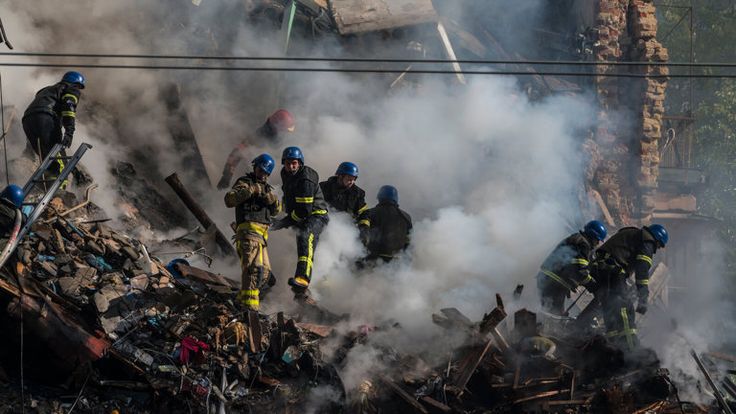
The High Cost of Equipment Losses
Russia’s slow gains have come at an enormous price in military equipment. Since early 2024, Russian forces have lost thousands of tanks, infantry fighting vehicles, armored personnel carriers, and artillery systems. Estimates show losses at rates between two to five times those suffered by Ukraine.
For example, Russia has lost more than 1,800 tanks and nearly 4,000 infantry fighting vehicles since January 2024. These staggering losses highlight the brutal nature of the conflict, where Russia often resorts to costly frontal assaults against well-prepared Ukrainian defenses.

Massive Human Toll
The human cost for Russia has been devastating. Russian military casualties are expected to reach around 1 million by mid-2025. So far, an estimated 250,000 Russian soldiers have died in combat, a number that surpasses all Soviet and Russian fatalities in wars fought since World War II combined.
In comparison, Ukrainian casualties, while still tragically high, are estimated between 60,000 and 100,000 deaths, with total casualties (including wounded) around 400,000. The disparity reflects the intense pressure Russian forces face on the battlefield and the effectiveness of Ukrainian defensive strategies.

Why Has Russia Struggled?
Several key factors explain Russia’s poor battlefield performance:
- Outdated Tactics and Poor Coordination: Russian commanders frequently use mass infantry assaults that lead to high casualties without achieving significant breakthroughs. The lack of coordinated artillery, air support, and maneuvering limits the effectiveness of their operations.
- Strong Ukrainian Defenses: Ukraine has built layered, deep defenses featuring trenches, minefields, and anti-tank obstacles called “dragon’s teeth.” These fortifications, combined with smart use of drones and artillery, have effectively slowed and repelled Russian advances.
- Morale and Leadership Issues: The Russian military has lost many experienced officers, while the quality and training of troops vary widely. Morale problems are widespread, especially among soldiers drawn from remote regions and prisons, who are often treated as expendable.

Russia’s Strategic Goals and Challenges
Russian President Vladimir Putin’s objective has been to bring Ukraine back under Moscow’s control—either by outright conquest or by installing a friendly government in Kyiv. However, the failure to quickly defeat Ukraine militarily has forced Russia into a costly war of attrition.
This strategy aims to wear down Ukrainian forces through continuous fighting and massive use of manpower and equipment. Yet the war’s grinding nature has highlighted Russia’s inability to break through Ukraine’s defenses or gain decisive advantages.
The Role of International Support and Sanctions
Russia’s hopes largely rest on the possibility that Western countries will reduce military aid to Ukraine, weakening Kyiv’s defenses. However, continued U.S. and European assistance—through weapons, training, and intelligence—has bolstered Ukraine’s ability to resist.
Sanctions targeting Russia’s economy, particularly its oil and gas exports, are another crucial tool. While sanctions have already hurt Russia’s economy, increased pressure, such as secondary sanctions on countries buying Russian energy, could further strain Moscow’s resources and military spending.
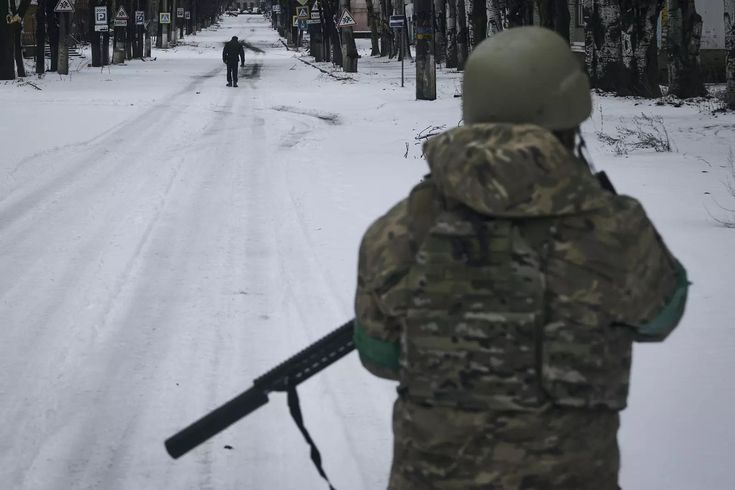
What Lies Ahead?
The conflict in Ukraine is far from over. Russia’s slow and costly advances indicate that the war will likely continue as a brutal stalemate unless significant political changes occur. For Ukraine, sustained international support remains vital to maintaining its defense and pushing back Russian aggression.
For the West, the choices made now—whether to strengthen sanctions and continue military aid or to reduce support—will heavily influence the conflict’s trajectory. As the war drags on, both sides face enormous human and material costs, and the stakes for regional and global security remain high.
Author Profile

- Li Li, associate professor and master’s supervisor at Southwest University. B.A. in English for Education from Southwest Normal University, M.A. in English Translation and Interpretation from China Foreign Affairs University, Ph. D. in Japanese Cultural History from Nankai University (all above are in China). Also has studied at Osaka Sangyo University and Kokugakuin University in Japan and been a Fulbright visiting scholar to Western Kentucky University in US. A multidisciplinary and versatile instructor with a trilingual mastery of Chinese, English and Japanese, known for Combining foreign language teaching with history and humanity cultivation. Academic researches center on Japanese history, international relations and Western culture studies. Work experiences include teaching at Capital Normal University, Chongqing Normal University, and Southwest University. Has published multiple academic papers, translated works, authored or co-edited several textbooks and monographs; provided language services for several high-level and high-profile international events.
Latest entries
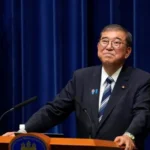 PoliticsSeptember 7, 2025Japan’s Prime Minister Shigeru Ishiba Resigns Amid Election Defeats:What’s Next for Japan?
PoliticsSeptember 7, 2025Japan’s Prime Minister Shigeru Ishiba Resigns Amid Election Defeats:What’s Next for Japan?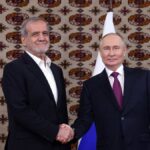 GeopoliticsAugust 22, 2025The Limits of Russia’s Friendship: Moscow’s Calculated Response to the Iran Crisis
GeopoliticsAugust 22, 2025The Limits of Russia’s Friendship: Moscow’s Calculated Response to the Iran Crisis Japanese PoliticsJuly 22, 2025Japan’s Upper House Election: Prolonged Instability and Its Impact on Domestic and Foreign Policy
Japanese PoliticsJuly 22, 2025Japan’s Upper House Election: Prolonged Instability and Its Impact on Domestic and Foreign Policy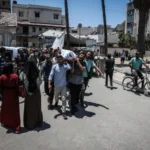 Middle East AffairsJuly 20, 2025Will Israel Ever Face Consequences for Bombing Its Neighbours?
Middle East AffairsJuly 20, 2025Will Israel Ever Face Consequences for Bombing Its Neighbours?


